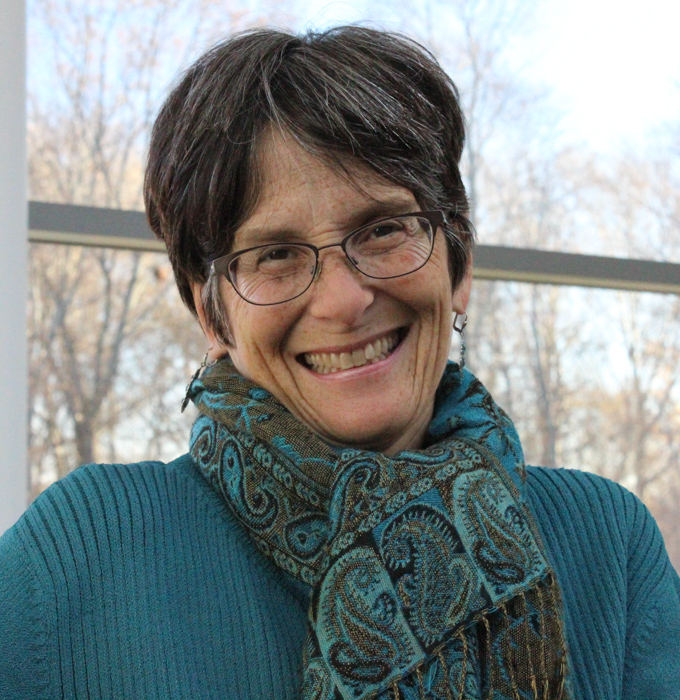Community Blog Open your eyes and look for each other.

As I write this week, my heart is trembling with love, fear, and a fierce sense of protectiveness for the transgender people in my life – friends, teachers, colleagues, students, children of friends. I tremble for them because of the latest attempt to erase their experience by taking away the language that might help us begin to see them and understand their lives. I tremble for all of us, because when any of us is erased and rendered invisible, we are all at risk.
Vayera is the parsha of seeing. It opens with a moment of clarity and vision at the entrance to Abraham’s tent, in the heat of the day. We are told that Abraham is sitting and recovering from his circumcision when the three visitors appear. It is precisely in this state of vulnerability and exposure that Abraham encounters the divine. But if the parsha’s opening scene is about seeing and its sacred possibilities, the rest of the parsha prods us to ask hard, even haunting questions about the painful limits of the human capacity to see and be seen.
What is it – and who is it – that we fail to see?
Abraham is deeply attuned to the divine presence and attentive to the needs of the visitors who appear outside his tent. But does he see those “inside the tent” as clearly? The mysterious visitors ask him: “Where is Sarah your wife?” The question seems innocent at first, but takes on darker overtones as the parsha progresses. “Where is Sarah?” we wonder when Abraham hides her identity from Avimelech, risking her safety in order to protect his own. “Where is Sarah?” we can’t help but ask when Abraham takes Isaac to the top of Mount Moriah. “Where is Sarah?” we hear in the silence after they return. The midrash suggests that Sarah is ultimately the one sacrificed on that altar – drawing her last heartbroken breath when she hears what (almost) happened on that terrible journey.
What happens when we cannot bear what we see?
There is something that Sarah sees when she witnesses Isaac and Ishmael playing together that is so painful or provocative that she can no longer endure the very presence of Ishmael and Hagar in her home. What is it that makes her demand that Abraham banish them from sight, cast into a wilderness of despair? A short time later, Hagar averts her own eyes, unable to bear the sight of her son Ishmael dying from thirst. And then there is the image of Lot’s wife, unable – or unwilling – to avert her eyes from the tragedy consuming the city in which she raised her own children. As a result, she is trapped in – or perhaps committed to – a gaze that leaves her frozen forever as a pillar of salt, a witness of waterless tears. Throughout this parsha of seeing, we are reminded of how tempting it can be to avert our eyes from the truth before us, and how searing the act of seeing can be.
What happens when it is not safe to be seen?
When the people of Sodom mob Lot’s home and ask, “Where are the people who came to you tonight?” we understand just how dangerous – even deadly – seeing and being seen can be. Lot hides the visitors from the angry mob, yet then, in a horrifying and perverse foreshadowing of the binding of Isaac, he offers his own daughters to them. When is hiding an act of self-denial and when is it an act of self-protection?
This is the parsha of seeing, but it is riddled with harrowing stories of what happens when we fail to see, when we cannot bear what we see, when it is not safe to be seen.
From within all of them, the voice of the God-who-sees-but-cannot-be-seen calls out and commands: Stop. No more sacrificing of human beings. Open your eyes and look for the ram and the well. Open your eyes and look for each other.
Rabbi Sharon Cohen Anisfeld is President of Hebrew College in Newton Centre, MA.

